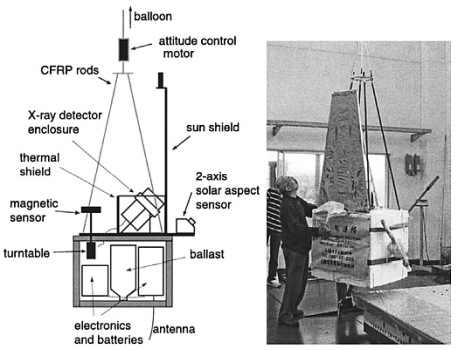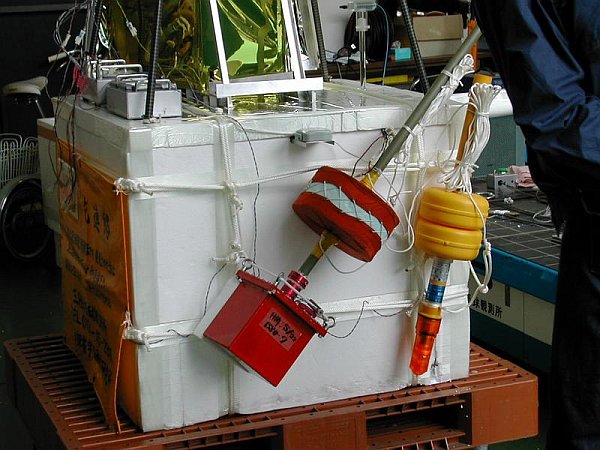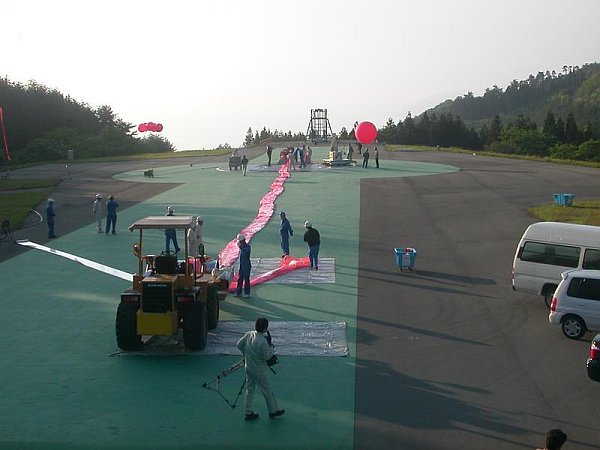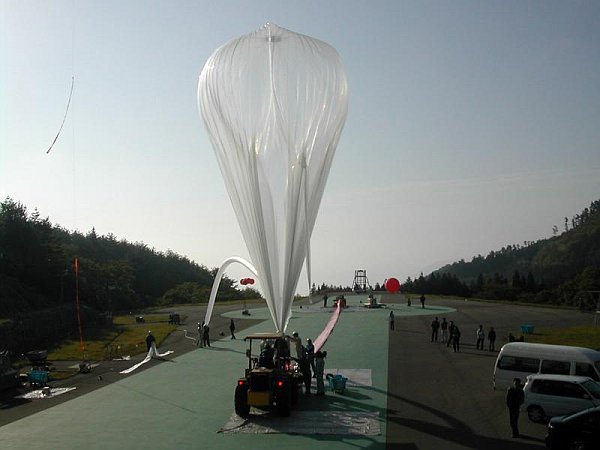Purpose of the flight and payload description
The instrument uses sixteen cadmium telluride (CdTe) detectors with iridium electrodes that act as Schottky barriers.
Details of the balloon flight
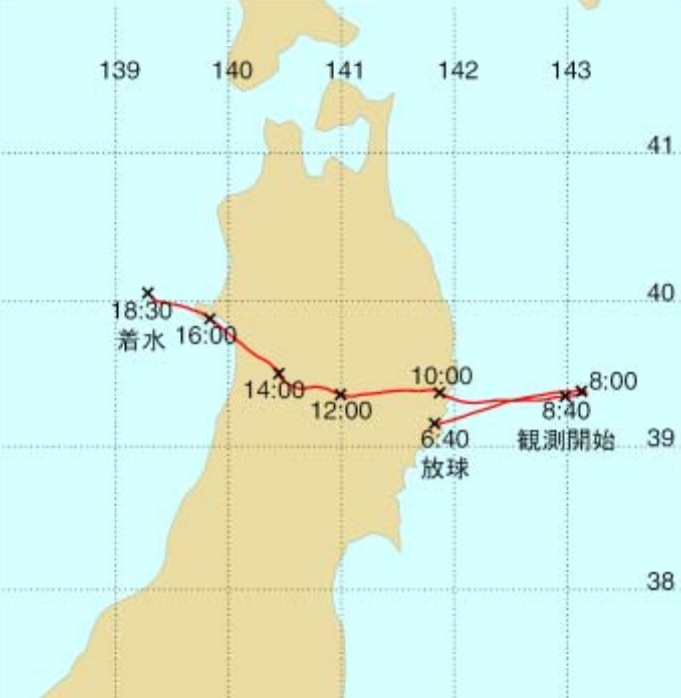
Balloon launched on: 5/24/2002 at 6:45 jst
Launch site: Sanriku Balloon Center, Iwate, Japan
Balloon launched by: Institute of Space and Astronautical Science (ISAS)
Balloon manufacturer/size/composition: Zero Pressure Balloon model B80 80.000 m3
Flight identification number: B80-7
End of flight (L for landing time, W for last contact, otherwise termination time): 5/24/2002 at 17:00 jst
Balloon flight duration (F: time at float only, otherwise total flight time in d:days / h:hours or m:minutes - ): 11 h 45 m
Landing site: A parachute failure caused the instrument to land harder than intended and as a result of the impact resulted partially destroyed.
All onboard instruments performed normally during the flight and successfully observed an M1.2-class solar flare around 15:30 JST.
External references
- Ken Kobayashi Home Page
- Observation of solar flare hard X-ray spectra using CdTe detectors Advances in Space Research, 33(10), 1786
- Scientific observations with balloons Institute of Space and Astronautical Science Annual Handbook 2002 (In Japanese)
- Sounding rockets and ballooning activities of Japan in 2001 and 2002 16th ESA Symposium on European Rocket and Balloon Programmes and Related Research
1889If you consider this website interesting or useful, you can help me to keep it up and running with a small donation to cover the operational costs. Just the equivalent of the price of a cup of coffee helps a lot.

